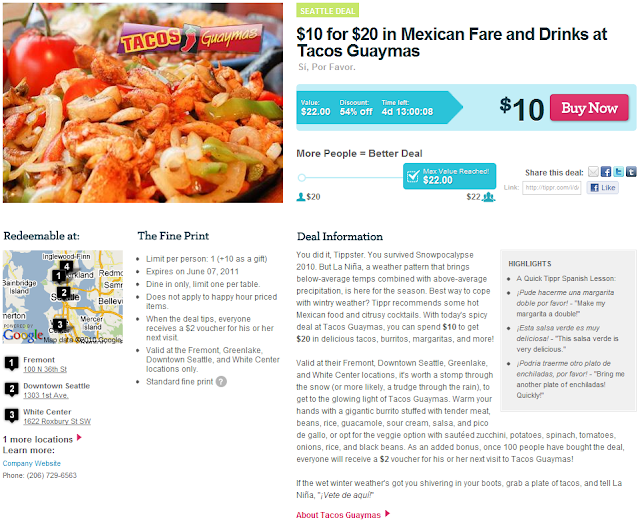I'm at a stop light. It's 3 am. No one's coming. But I'm waiting anyway. And waiting. And, somehow, it's the light I'm angry at. #My2010I Tweeted that last night. I did. And I have two reactions to it. (Yes. I'm about to react to something that I, myself, said. Blogging is a narcissistic little business as turns out.)
First, I'll forgo my usual fear of acknowledging my own strengths and say... damn. I'm pretty proud of that one. In another life maybe I could've been a writer. Who knows, maybe I'll find that life some day. Maybe I'll bump into it at the supermarket. Or maybe it'll stalk me down and club me over the head when I least expect it, forcing me to do its bidding. Either way: you go, me. Nice work.
Second, I have apparently turned 40 faster than any man in history. Seriously, who let this middle-aged man into my Twitter account? And will someone buy him a drink, for pity's sake? Frak; I'm much too young to feel this damn old. (Which is a country song, by the way. How's that for irony?)
Well, what better time to discuss it than at the most psychologically satisfying time of year to reinvent onesself? I fully agree with Ben Gibbard's observation that New Year's Resolutions tend to be "self-assigned penance for problems with easy solutions," but they can also be ways to inspire yourself to make real change in your life. I figure for that to happen, they can't be silly - they actually have to be... goals. As in, if you accomplish one of them, your life will actually have been changed in a noticeable way.
I've thought of a few things I'd like to get done before 2011 is over and done with. Some of them fit neatly into a list, others not so much. I'll share them here and write about them every so often, if only as a reminder to myself to keep working on them.
- Music - I've spent 15 years playing with myself. Yeah, it's exactly as pathetic as it sounds. I sing and play lots of instruments - and not without some degree of aptitude - but I've never been in a band and it's been 7-8 years since I've outwardly displayed this talent. Something must be done.
- Finish setting up my home studio. Luckily this isn't as complicated as it sounds as I have most of the equipment already. I just need to save up and buy Reason and I'm set.
- Play an open mic.
- Jam. Doesn't have to be part of a "band," per se, but I'd like to play with other human beings.
- Travel - I have never been to Canada. Ever. There's a chance I could end up living there if I go to U Toronto, but before I leave the Northwest I need to see both Victoria and Vancouver.
- Visit Vancouver this Spring
- Visit Victoria this Summer
- Meeting People - I am really bad at this. If a stranger starts talking to me or I'm introduced to someone, I'm fine. I am perfectly capable of being personable and carrying on an impromptu conversation. But starting that conversation on my own? I'm almost completely incapable of it. In fact, I'm so ridiculously bad at it I can't even think of a good action item to go about attacking this problem. But if I'm going to be moving to a new city, I need to make some attempt to solve this, lest I suddenly look in the mirror and find myself to be a lonely old man.
- Become a Regular Somewhere. The idea is to become comfortable enough at a place where other people hang out that I don't feel intimidated out of striking up a conversation. It'll probably end up just costing me money, but hey, it's a start.
Then there are things that I can't quite put into a list. I've become somewhat more cynical this year, and I both love and hate it. There are parts that need to go and parts that need to stay. As much as I hate becoming disconnected, there's something incredibly powerful and freeing about coming to terms with the fact there's really no controlling anything beyond your own fingertips. It's all influence. And when you think about it that way, being constantly afraid of doing or saying the wrong thing is a pretty narcissistic exercise. My devil-may-care attitude will never blossom fully - I'm just not that person - but I feel like you have to learn to be an asshole at least a little if you're going to survive in this world. I'm still very much a beginner, but I feel like I'm finally learning to be an asshole in the ways that make sense; I'm learning to stick up for myself; I'm learning to own my successes and failures and not be apologetic about it; I'm learning to be more brutally honest (without the brutal delivery).
I'm learning... and I guess that's the most important thing. I hope to learn that 2011 turned out very different than 2010. And I hope your 2011 turns out the way you want it to as well. Happy New Year everybody.











